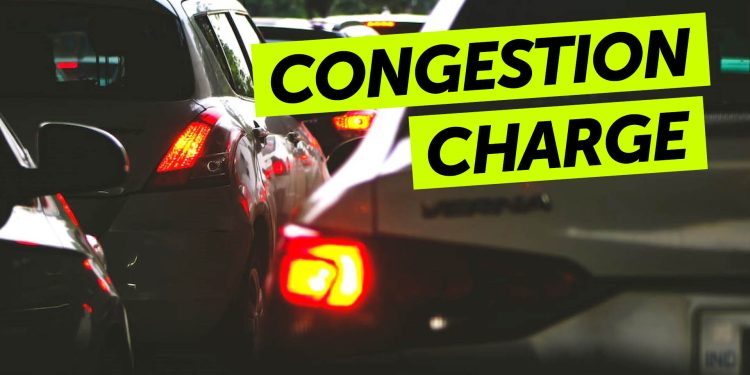What does Auckland’s new congestion charge mean for you?
Words: Harrison Wade
Late last week, Auckland Council agreed to introduce a congestion charge to New Zealand’s biggest city by as soon as 2025. Here’s what it means for you, the one behind the wheel.
The system is officially referred to as “time-of-use charging” which charges road users a fee for using the city’s busiest roads during peak hours – mornings and evenings.
Its purpose is to reduce the amount of traffic that clogs up main routes near Auckland’s city centre and push more people towards using public transport.
As for where the congestion charges will be implemented is still up in the air, but they will likely be applied to heavily congested main roads and motorways.
Prices to use said roads during peak hours have yet to be finalised, but several reports suggest that Mayor Wayne Brown is floating the idea of a $5 trip for every one-way trip.
The question is, will it solve the traffic problem? According to the lead transport advisor at Auckland Council, Michael Roth, a congestion charge is estimated to reduce traffic across the city by approximately 10 per cent.
However, this likely won’t be enough to curve gridlock, nor will it discourage motorists from driving, especially those who need their vehicles to get to and from work.
Auckland’s public transport system still isn’t on par with overseas cities where congestion charges are effective either.
In order for Auckland’s new congestion charge to be implemented, there is still a lot of work to be done, such as passing new legislation, building infrastructure, and consulting.
Nevertheless, it’s a system Aucklanders will likely have to get used to in the coming years.





